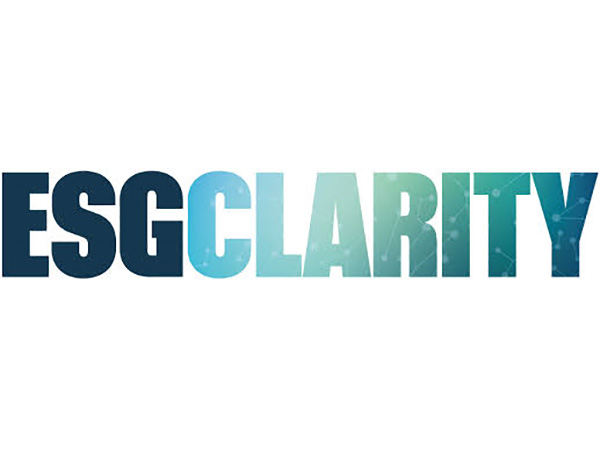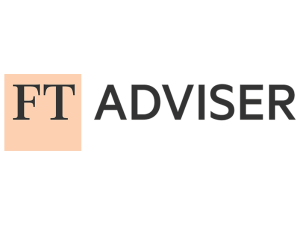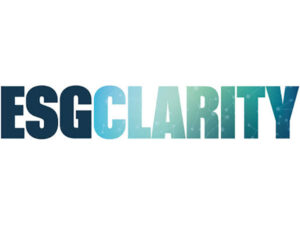Old dog, new tricks: How the system can and is reinventing itself

Written for ESG Clarity – editorial panel contribution
Time will tell if it will be quick enough, writes Amy Clarke
There is an old Chinese proverb that says the best time to plant a tree was 20 years ago. The second best time is now. Or, as Warren Buffett would say, “someone’s sitting in the shade today because someone planted a tree a long time ago”.
Long termism and being willing to weather the storms are the lessons here for investors. Investors need to be looking at a company’s ability to innovate in its market, grow and boost profitability and create a unique space for itself free from as much quality competition as possible.
These are the fundamentals that govern so much of the investment decision making process. But investors also need to be looking at consumer and societal sentiment, the growing spectre of regulation, and, ultimately, the laws of physics, biology and chemistry that dictate life on earth.
See also: Amy Clarke’s comments in Seismic increase in climate litigation
In a financial system that is facing the greatest set of social and environmental challenges in its short history, investors need to be smart to the new, emerging rules. It is these that will ultimately dictate how much shade there will be in the future. The orthodoxy of the last 75 years will not see us through the next 75 years and beyond. What should the ‘rules’ look like, then, and where is that change happening?
First, innovation. An old rule as relevant now as it ever was and will continue to be. Innovation is the currency of the future. It dictates the pathways for growth and future fitness. Disruptions in energy, food, transportation, education, communication to name but a few are happening all around us.
The global share of renewable electricity generation increased from 18.6% in 2000 to a forecasted 48.5% in 7 years’ time (2030). By 2030 unabated fossil fuel electricity generation will have fallen from 64.5% to 47.6%.
Second, growth. Redefining growth will be the challenge of the century as we recognise the perils of growth for growth’s sake and embrace a new type of growth based on partnership, franchise and thresholds. How everyone and everything thrives will define how we grow.
How we become comfortable with more distributed and boundary-based development will ultimately dictate our success in tackling the adverse social and environmental problems we face. It is no surprise then that the ‘beyond growth’ agenda is starting to find an audience at the EU.
Third, profitability. If growth is going to be redefined, then so will profit. Gross profit and earnings before interest, taxes, depreciation, and amortization (EBIDTA) are firmly in the sights of the accounting industry.
Full cost accounting practices, taking into consideration the true cost of running a business including the cost of, for example, ecosystem services, and that of pollution, are gaining traction. The Harvard Impact-Weighted Accounts Project is a leading light in this regard.
Fourth, competition. The future requires collaboration. In a world of increasing cross border threats (as evidenced by the Covid pandemic) partnership wins over acquisition and growth. Our atmosphere and nature more broadly do not recognise artificial man-made boundaries.
We live in a world of increasing molecular, invisible, and mobile threats. Markets have arguably failed to adhere to the basic rules of physics, chemistry and biology, as much as those of ethics and compassion. In the pursuit of market dominance, thresholds have been breached, and tension is and will continue to increase.
To tackle these, the markets must work together. Collective agency will become the new mantra. Franchise and the sharing of intellectual property will inform and potentially replace merger and acquisition. Increasing competition law and anti-trust cases will support much of this.
And finally, purpose, considered by many as the glue that binds a business together. Every business needs a North Star, a guiding principle that helps steady the ship through the doldrums and typhoons. When that purpose is linked to a wider sense of service to society and the very ecosystems that gift us life, the benefits are clear.
A 2019 Deloitte survey found purpose-led companies reported 30% higher levels of innovation and 40% higher levels of workforce retention than their competitors.
Meanwhile, a report by Ernst & Young in 2020 found that companies with an established sense of purpose outperformed the S&P 500 by 10 times between 1996 and 2011.
Stakeholder aligned and purpose driven business models are on the rise. The rise of the B Corporation movement globally is one testament to this. Since the beginning of 2022, the number of Certified B Corps has more than doubled in size.
Change is not coming, it is here. The rules are being rewritten as we speak by a diverse and growing community of actors in the system. Old dogs can learn new tricks. The question that remains is whether they can learn them quickly enough. Time will tell.




